Cuban fruits are a vibrant and essential part of the island’s cuisine, showcasing its rich agricultural heritage and tropical climate.
Cuba is known for its wide variety of tropical fruits, such as mangoes, papayas, pineapples, guavas, and coconuts.
These fruits are not only enjoyed fresh but also play a significant role in Cuban dishes, juices, and desserts.
The abundance of these fruits contributes to the distinctive flavors of Cuban cuisine, which is a blend of Spanish, Taino, African, and other Caribbean influences.
The tropical climate of Cuba ensures a year-round supply of these fresh, flavorful fruits, making them a staple in the Cuban diet.
After learning about the flavors and appearances of these fruits, explore some of the dishes and drinks in Cuba that employ these fruits. Plus, you can learn about the importance of tropical fruit to Cuba.
22 Popular Cuban Fruits with Filters
Get ready to step into the world of 22 Cuban fruits, from native, non-native, exotic, and national ones. Moreover, you can use the below filters to search for those that are ideal for cooking dishes, making drinks, or garnishing.
Mango
- For Beverages
- For Dishes
- Non-Native
Mangoes are a popular fruit in Cuba and originate from regions like Myanmar, India, and Bangladesh. Their appearance varies from kidney to round shapes, boasting a green color with a crunchy texture when young.
When ripe, mangoes have a vibrant yellow, red, or orange, with the profile switching to a sweet, creamy taste. Notably, Cuba cultivates distinct varieties such as the Manzano and Ataulfo.
In Cuba, the taste of these mangoes transitions from a lime-like tang in unripe mangoes to a sweeter, softer flavor in ripe ones. Mangoes are used for chutneys and pickles, while unripe fruits are for making juices and smoothies.
Guayaba
- For Beverages
- For Dishes
- For Garnish
- Native
Guayaba, known globally as guava, is a fruit common in Cuban and Peruvian cuisine. This fruit comes in round or oval shapes and varies in color from green when unripe to yellow, maroon, or green when ripe.
The flesh can be pink, red, or white, dotted with numerous tiny seeds, and its taste blends a mild sweetness and a hint of sourness. The rind is edible and can vary from sweet to bitter.
Guayaba is versatile in cooking, especially for making desserts like jams, ice cream, and smoothies.
Plátano
- For Dishes
- Native
Plátano, or banana, is a staple fruit in Cuban cuisine, enjoyed for its health benefits and nutrient richness. Originating from New Guinea, it thrives in tropical and subtropical climates globally.
As plátano ripens, it emits a sweet aroma and turns a pale yellow on a peel that reveals creamy, flavorful flesh inside.
The plantain, a green variant, is widely used in Cuban cooking. Cubans enjoy bananas fresh as a dessert and creatively incorporate them into smoothies, pies, and fried banana dishes.
Frutabomba
- For Beverages
- For Dishes
- Native
Frutabomba is the Cuban name for papaya, a fruit from the Caricaceae family, first grown in Central America and southern Mexico. The fruit is either elongated or oval, often green when young.
Often, local Cubans harvest young frutabomba for its crunchy texture, which is perfect for making a salad. When ripe, it turns yellow or orange, with a soft, creamy interior and a mild aroma.
To add to that, the fruit contains countless inedible, bitter seeds. Frutabomba offers a sweet taste with hints of mango and cantaloupe, ideally used for smoothies, pies, and baked goods for its buttery texture.
Coconut
- For Beverages
- For Dishes
- Native
Coconut is a tropical drupe fruit in Cuba prized for its refreshing water. A coconut features three layers, including the glossy green exocarp, the thick fibrous mesocarp, and the hard-shelled endocarp.
Inside, the sweet water and creamy, smooth pulp are irresistible. The pulp is often transformed into coconut milk or oil. Raw consumption allows for a taste of its natural flavor.
In Cuban cooking, the liquid is used in curries, stews, and soups, or added to cocktails and desserts.
Piña
- For Beverages
- For Garnish
- Native
Piña is a Cuban pineapple derived from a member of the Bromeliaceae family. It is a rarity in Cuba’s urban areas, though Ciego de Avila and other provinces are exceptions.
The fruit’s skin is adorned with hexagonal patterns covering the juicy yellow or white flesh. Known for its irresistible sweetness and notable tartness, piña boasts a high water content, making it perfect for cocktails and frozen daiquiris.
Mamey
- For Dishes
- National
Mamey is a national fruit of Cuba, also known as sapote. This fruit originated in Mexico and Central America.
Interestingly, the fruit is a type of berry with a brown peel, boasting a rough texture similar to sandpaper. As for the flesh, the fruit inner has a pink, red, and orange color, along with a soft and creamy texture.
In terms of flavors, mamey is relatively complex, combining the flavors of sweet potato, honey, pumpkin, almond, and cherries. Cubans often make a wide range of desserts with this fruit, such as milkshakes, ice cream, fruit bars, and marmalade.
Carambola
- Exotic
- For Beverages
- For Garnish
Carambola, commonly called starfruit, is a common fruit in Cuba with a distinctive shape of five ridges, creating a star shape when sliced vertically.
Usually, the entire fruit is edible, from its waxy, glossy rind to the seeds inside. There are two main types of carambola, including small sour ones and larger sweet varieties.
In Cuba, its unique flavor enhances juices, cocktails, salads, and alcoholic beverages. Otherwise, it serves as a decorative element in many dishes.
Maracuya
- Exotic
- For Beverages
Maracuya, known as passion fruit in English, is a popular Cuban fruit often used in numerous Cuban beverages. Originating from Brazil, Argentina, and Paraguay, this fruit has a round to oval shape and a distinctive glossy skin.
They are available in purple skin featuring seeds, encased in juicy pulp, and are key ingredients in creating flavorful juices, cocktails, and other drinks.
With varieties like purple passion fruit, sweet granadilla, yellow passion fruit, and giant granadilla, maracuya’s unique sweetness has a tangy twist.
Níspero
- Exotic
- For Dishes
Níspero, also known as loquat, is a fruit in Cuba from the Rosaceae family, first found in China’s hill regions. These fruits come in pear-like shapes, either oval or round, with captivatingly smooth, downy skin.
Available in shades of yellow, red, or orange, níspero features a layer of white, yellow, or orange flesh, encompassing some seeds. They are sweet in taste, accompanied by a slight tartness and a citrusy undertone.
Guanábana
- For Beverages
- For Dishes
- Native
Guanábana, known as soursop in English, guyabano, or graviola in various parts of the world, is a fruit in Cuba with a spiky look. Thriving in humid climates, the fruit has a deep green, prickly peel.
Inside the fruit is a whitish soft flesh providing a blend of sweet, juicy, and tangy flavors. Available at local markets and street vendors in Cuba, guanábana is popular in smoothies, drinks, candies, sorbets, and ice cream.
Tamarindo
- For Beverages
- For Dishes
- Non-Native
Tamarindo is a Cuban version of tamarind with unique sour and sweet flavors. They are often served as a dessert, featuring sugar-coated tamarind balls.
Originally from Africa, it gained popularity in Cuba and globally after Spanish and Portuguese colonists introduced it to Central America in the 16th century.
The fruit has an elongated appearance and is encased in a pod, maturing to a brown or reddish-brown pulp. With around 6 to 12 seeds, they are wrapped in juicy, sour pulp.
Ripe tamarindo has a mildly sweet taste and is a rich source of tartaric acid. It’s commonly processed into a paste for culinary uses, notably in Worcestershire sauce.
Toronja
- For Beverages
- For Garnish
Toronja, or grapefruit, is a type of citrus in Cuba that is like a cross between sweet orange and pomelo. The fruit has an oblate spheroid shape and originated in Asia before gaining worldwide popularity.
Typically deep green on the outside, the rind has a glossy appearance, while the inner has white, pink, or red segmented flesh. Before enjoying the sweet and juicy pulp, it’s advised to remove the thin, bitter film.
Ideal as a refreshing treat after meals, toronja can be squeezed for juice or added to fresh salads.
Mamoncillo
- For Beverages
Mamoncillo, commonly called Spanish lime or guinep, is a type of lime often found clustered together in Cuba. Native to Central America, the Caribbean, and South America, mamoncillo possesses a round shape and glossy green skin.
Under the green peel is an orange, succulent pulp surrounding a central, whitish seed that is usually discarded. The fruit offers a mild flavor with a sweet and subtle bitter profile.
Ideal for summer consumption, mamoncillo can be consumed fresh or in canned form. It also appears in a variety of Cuban beverages, from soft drinks to cocktails and alcoholic drinks.
Ciruela
- For Dishes
Ciruela is a plum fruit in Cuba, deriving from a part of the Anacardiaceae family. This fruit is famous in Mexico, Brazil, Cuba, and the Caribbean countries.
You can consume the waxy and green skin of ciruela, which especially provides a sweet taste when ripe. Typically, this fruit has a crunchy texture and an acidic aftertaste.
To consume it, you need to remove the inedible and large stone in the middle of the fruit. People often consume ciruela to treat indigestion or stomach upset in Cuba, often dipped with salt or pepper.
Uva Caleta
- Exotic
- For Beverages
- For Garnish
Uva caleta, known as seagrape or baygrape in English-speaking countries, is a type of fruit in Cuba that thrives along the coastal beaches of the Caribbean and America.
This fruit resembles a grape in shape and size, turning purple when ripe, with juicy flesh. Containing a large pit, uva caleta is enjoyed fresh as a dessert or turned into flavorful jellies and jams.
Additionally, in Cuba, it’s fermented to produce exquisite wine.
Caimito
- For Beverages
- For Dishes
- Native
Caimito, normally known as star apple, is a sweet fruit in Cuba that is available in purple or green skin. When cut, the fruit has a pulp that forms a star shape, leading to its name.
The fruit contains brown, hard seeds that should be removed before eating. With a pulp that’s sweet and reminiscent of grapes and persimmon, caimito is enjoyed raw as a delicious dessert.
Its juicy flesh is also perfect for creating refreshing juices and smoothies. Caimito is easily found in Havana’s local markets.
Manzana Pera
- For Dishes
Manzana pera, or otaheite apple, is also known as the “starvation fruit” in Cuba. Interestingly, it’s not a daily staple despite its abundance, often found rotting on the ground.
This apple pear has smooth skin ranging from deep red to rosy and occasionally purple, encasing a white pulp and an egg-yolk-like seed. The fruit offers a delicate, sweet flavor.
Breadfruit
- For Dishes
- Non-Native
Breadfruit is a Cuban fruit related to jackfruit and mulberry that hails from New Guinea, the Philippines, and the Maluku Islands. These fruits are available in both seeded and seedless varieties.
Its name comes from its bread-like texture when cooked with oval, elliptical, or round shapes. The fruit has a thick green skin dotted with tiny pimples.
When cut open, its white flesh has a mild flavor, reminiscent of potatoes, becoming sweeter as it ripens. In Cuban cuisine, breadfruit is prepared roasted, boiled, fried, or baked.
Pagua
- For Dishes
- Native
Pagua is a type of avocado grown in Cuba, often appearing in side dishes like salads or sauces. Once harvested, pagua offers a creamy texture.
In Cuba, you can find many kinds of paguas that look different in color and shape, some are brown, green, purple, or black. Inside, they have soft, creamy flesh of greenish or yellowish color, while the flavor is a bit grassy.
Chirimoya
- Exotic
- For Dishes
Chirimoya, known as custard apple, is a renowned fruit from South America, especially popular in Peru and Cuba. The fruit thrives in Cuba’s rural areas with a heart shape and green peel.
Commonly, these fruits have overlapping scales turning into a brown with a fissured texture when ripe. Its creamy, white flesh, dotted with multiple black seeds, is praised along with sweet and tart flavors.
Often eaten raw or blended into smoothies, chirimoya’s texture and flavor have made it a favorite in various recipes.
Cacao
- For Beverages
- For Dishes
Cacao is an iconic fruit of the Americas, including Cuba. During peak season, cacao trees bear yellow or orange fruits.
The white, edible pulp inside the pod encases 20 to 60 seeds, which are processed into chocolate. Additionally, the pulp is used in juices, creams, jellies, and smoothies, while Cubans ferment and distill it to make alcoholic beverages.
Now, let’s explore some dishes that you can try in Cuba that make use of these fruits.
Cuban Dishes with Fruit
These are the dishes that make full use of the local fruits so that you can savor them at their peak flavors:
These are just a few dishes that make the most out of Cuban fruits. If eating specialties in Cuba isn’t on your mind, how about a drink made with fruits to relieve the heat?
Cuban Fruit-Based Beverages
Here are some popular drinks that utilize the flavor of natural fruits of Cuba to the fullest:
Are these drinks enough to satisfy your curiosity? In case these refreshments of Cuba still don’t do the trick, you should spend some time learning about the essential role of tropical fruit in the country.
What Is the Importance of Tropical Fruits in Cuba?
Tropical fruits hold significant importance in Cuba for several reasons:
If you want any more information make sure to leave your ideas in the comment section. In addition, share these Cuban fruits with your friends and relatives.


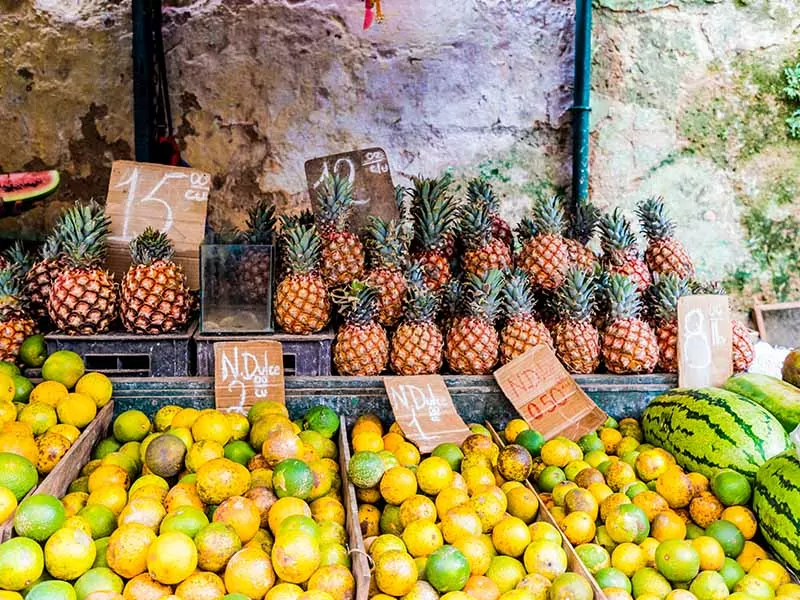
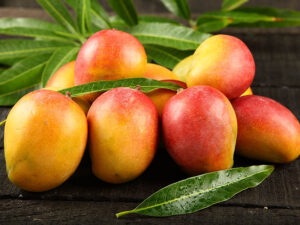
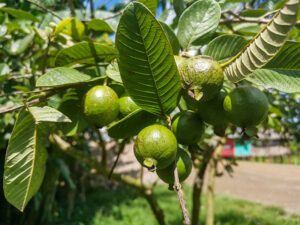
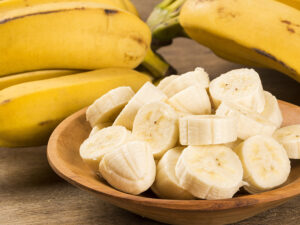
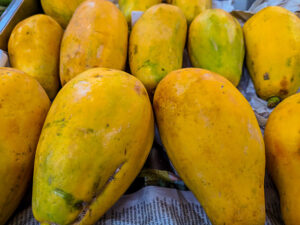
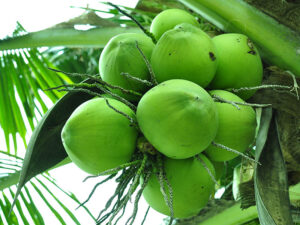
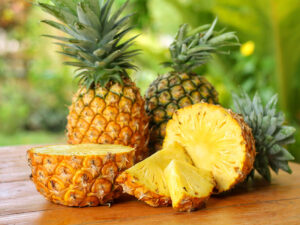
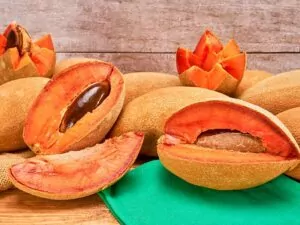
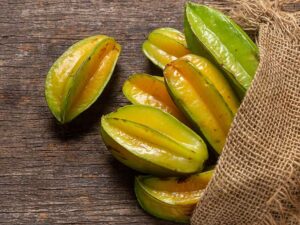
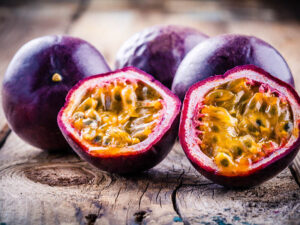
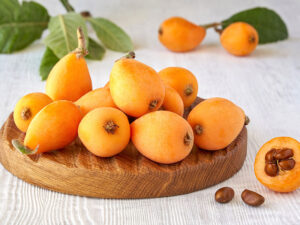
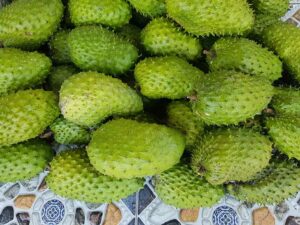
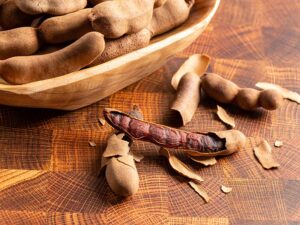
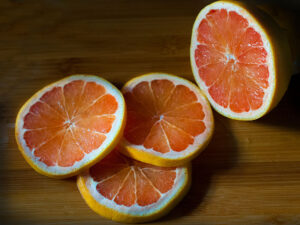
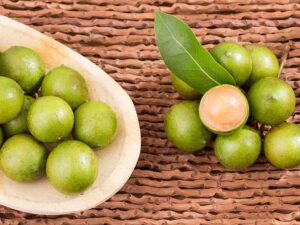
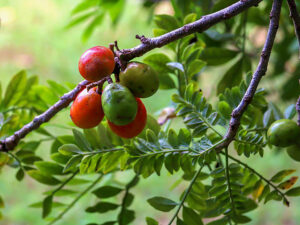
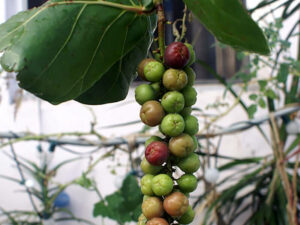
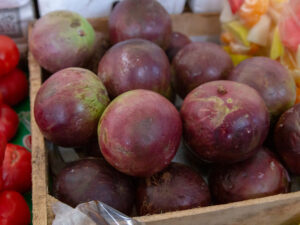
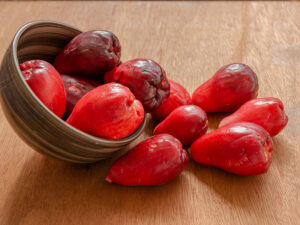
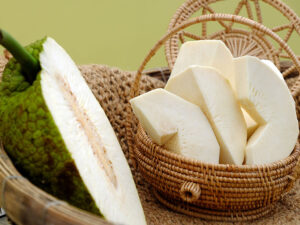
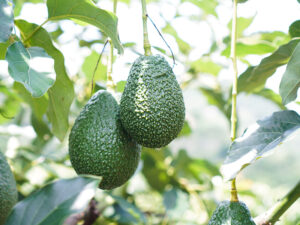
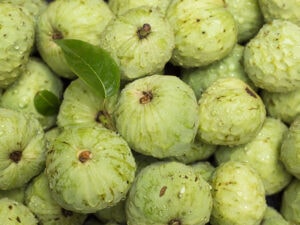
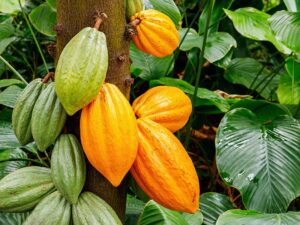
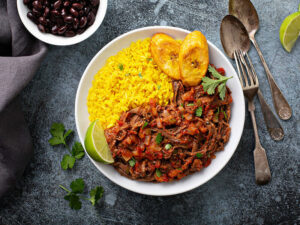
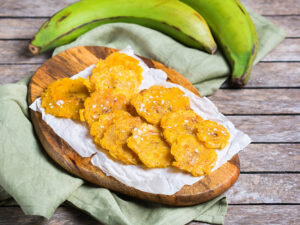


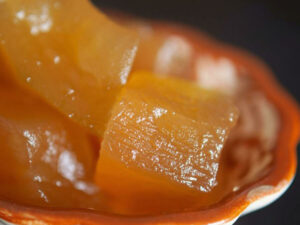
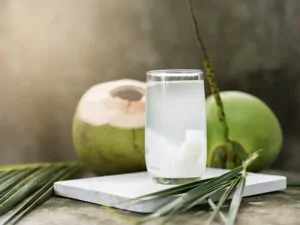


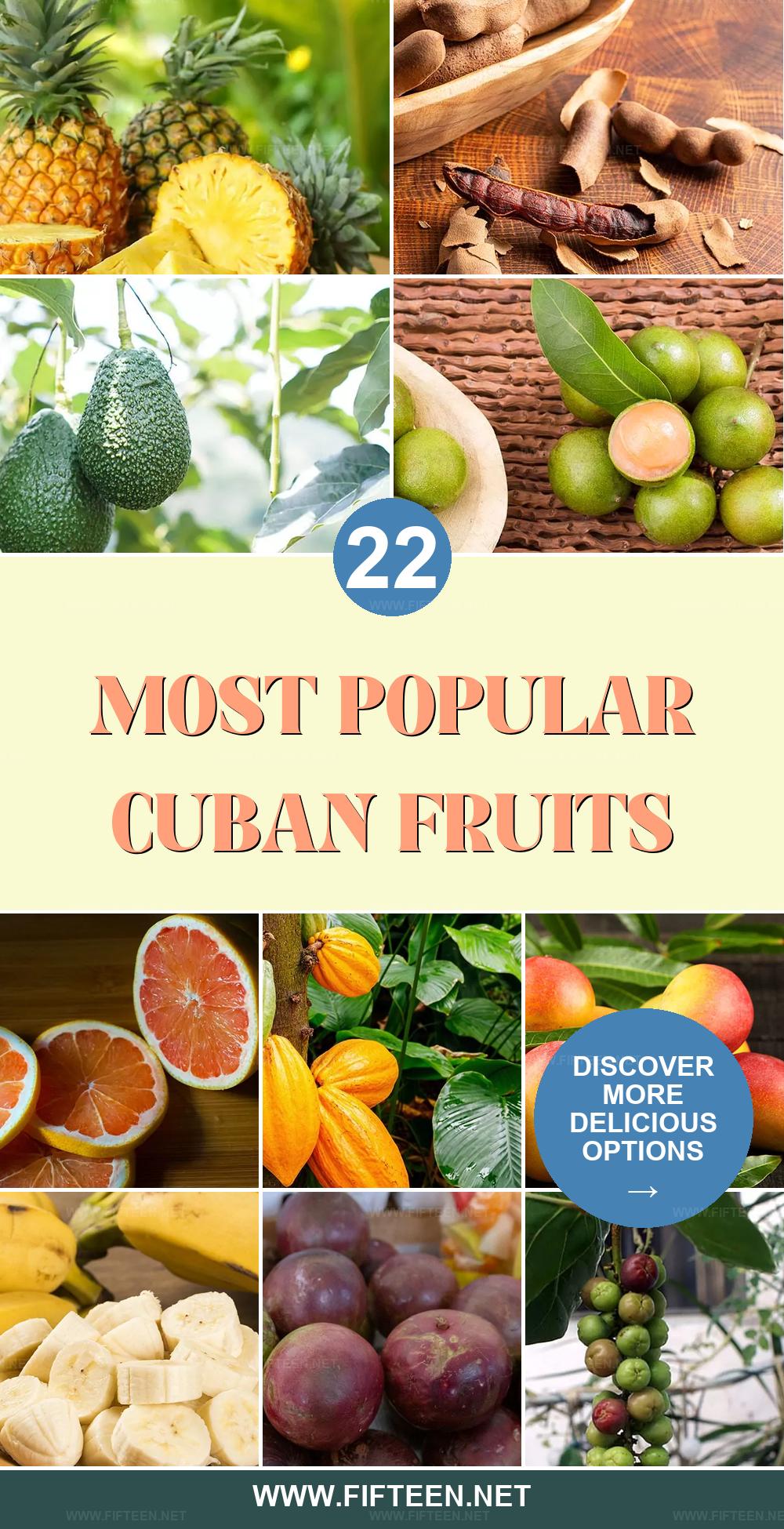
Jamie Scott
Editor in Chief, Senior Content Writer
Expertise
Home Cooking, Meal Planning, Recipe Development, Baking and Pastry, Food Editor, Cooking-video Maker, Western Food Evaluation Expert
Education
Le Cordon Bleu College of Culinary Arts
Local Community College, New York, NY
Jamie Scott is a skilled culinary expert and content creator specializing in Western cuisine. With over 15 years in the culinary field and formal training from Le Cordon Bleu, Paris, Jamie deeply understands how to blend nutrition with delicious flavors. His passion for cooking matches his commitment to making healthy eating accessible and enjoyable.
On Fifteen.net, Jamie brings a fresh perspective to classic dishes and beverages, offering readers insightful recipes, cooking tips, and a fresh view on meal planning that emphasizes taste, health, and simplicity.